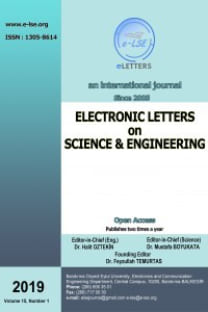RECONSTRUCTION AND PHYSICAL PROPERTIES OF MONOVANCACIES IN GRAPHENE NANORIBBONS
We have investigated the reconstruction, electronic and magnetic properties of graphene nanoribbons using density functional theory structure optimization and electronic structure calculations. In order to obtain proper edge states and their spin polarizations, we generate wide enough edge hydrogenated graphene nanoribbons that have not only mostly considered armchair and zigzag geometries both also other chiralities. First, the reconstruction of monovacancies in graphene nanoribbons are investigated by directed structure optimizations to obtain all possible reconstruction geometries that differ by the orientation of the new bonds that are formed during the self-healing of the defect. We find that the reconstruction requires large structural changes to accommodate the strain of the self-healing, and the straight forward structure optimizations that start from an ideal vacancy often fails to find possible reconstructed atomic structures. The reconstruction energies are closely related to the orientation of the new bond and thus to the chirality of the nanoribbon. Since the reconstruction still leaves an unsaturated bond, there is a spin polarization at the vacancy site. The magnetic ordering of this localized spin with the spins at the edges is searched by constraining initial spins in our selfconsistent calculations. The total energy of the ferromagnetically and antiferromagnetically coupled edges and the vacancy is compared to obtain energetically most stable magnetic structure for each chirality and the vacancy orientation. We find that the magnetic ordering to depend on the chirality and the nanoribbons prefer to have antiferromagnetic coupling between the spin polarized regions.
